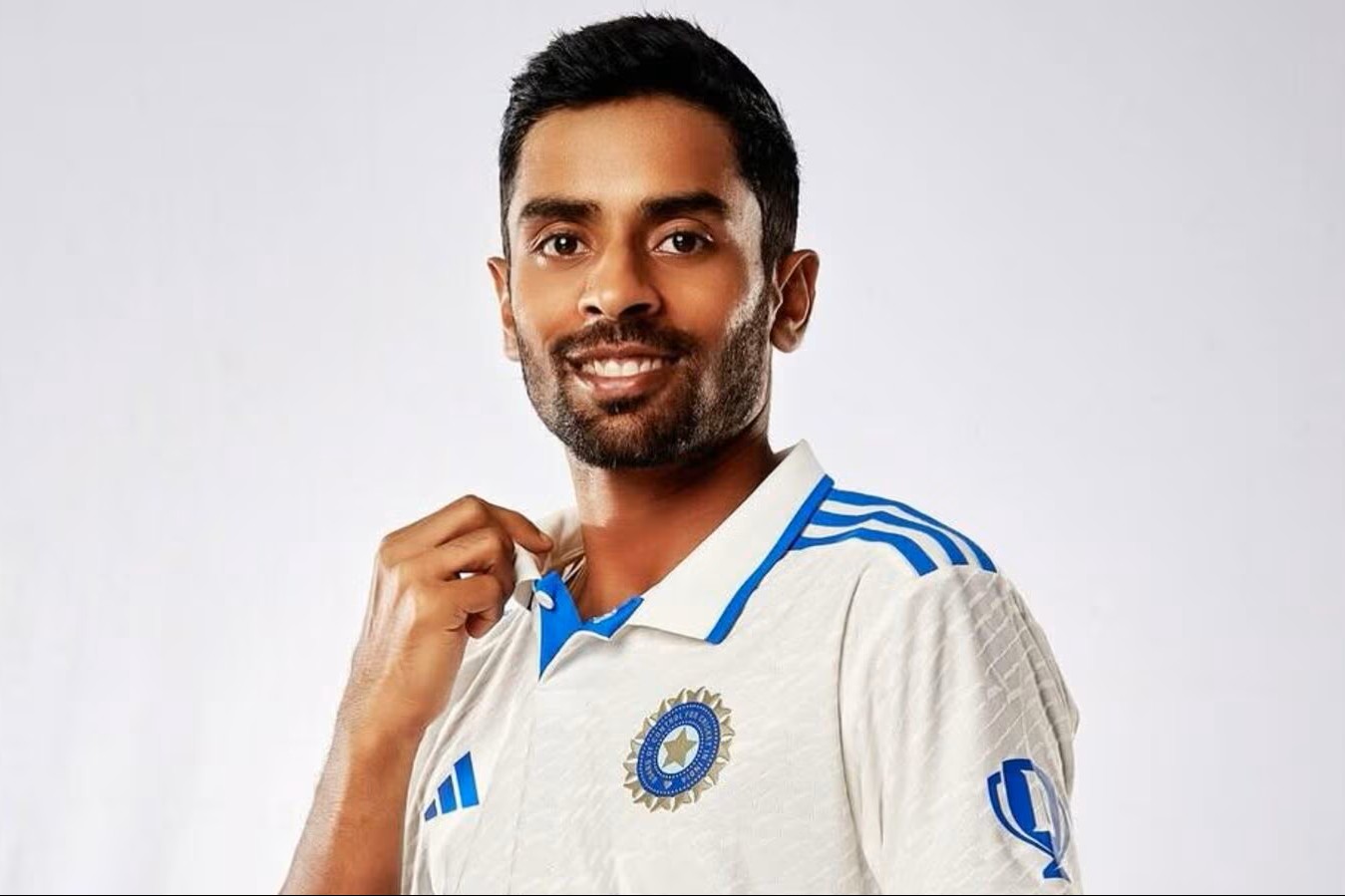On 25th September 2025, for the upcoming two-match test series against the West Indies, India announced its Test squad. As always, the announcement of the selected fifteen raised eyebrows and triggered debate over the players dropped and those retained. Among which Abhimanyu Easwaran’s omission received special attention. The Bengal opener managed to pull off a brilliant performance in domestic cricket, but failed to book a seat under his name in the Indian Test Squad against the West Indies. Despite proving himself with a strong first-class record and years of consistent scores, Easwaran is often seen practicing only in nets and not in the field.
When asked about Easwaran, the chief selector, Ajit Agarkar, didn’t hesitate to extend a straightforward explanation. In the press conference, Agarkar bluntly highlighted that with KL Rahul and Yashasvi Jaiswal on the team, currently, there’s no need for a third opener. Agarkar's words might come off as a bit harsh, but they underline that Easwaran's omission is less about his abilities as a player and more about India's already comprehensive squad and limited spots in the team.
However, what’s interesting is that while Karun Nair was dropped off the squad because of his inconsistent performances, the same logic cannot be applied in the case of Easwaran. On paper, Easwaran is a strong candidate, boasting more than 7,800 runs, playing for over 100 first-class matches, and having an exceptional average of 49 along with 27 centuries under his belt. These are the numbers the selectors usually look out for while scouting a player for the team. Yet Easwaran couldn’t make it to the list, which makes the decision look slightly questionable.
The decision to drop Easwaran despite his strong track record and Gautam Gambhir’s faith that he could potentially be a part of India’s playing XI and his recent England series might leave both the player and experts scratching their heads in confusion.
Agarkar’s statement clears up one thing: that the team is looking for versatility and flexibility, which also justifies the logic behind the selection of Devdutt Padikkal. Paddikal offers flexibility. Where, if the situation demands, he can switch from being an opener to a middle-order batsman; however, in the case of Easwaran, he’s exclusively carved to be an opener, which reduces his utility in an already competitive squad.
However, for Easwaran it could be a stressful situation. At 30 he’s too seasoned to be written off, but he is not young enough to keep waiting for his next big opportunity. With each series pushing ahead of his debut in the format, the uncertainty continues to loom for the Bengal opener. For him the best bet could be the potential overseas tour where India could use an efficient opener. Until then he has to grind and believe that he’ll step out not just for sessions in net, but for the real thing he is made for.

